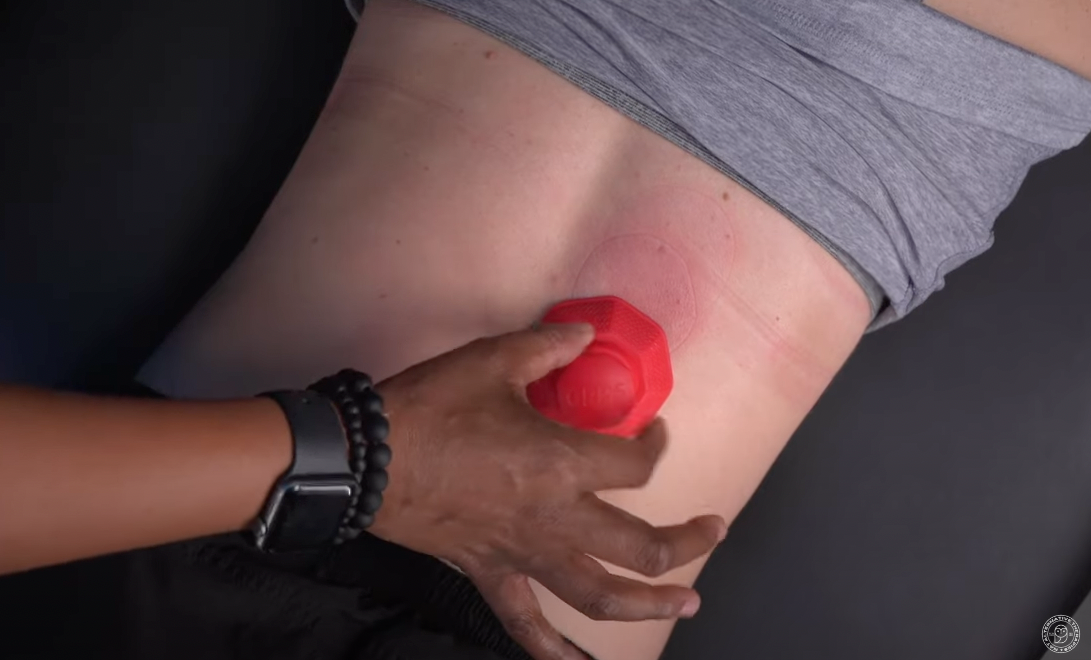Trendelenburg Test - Assessing Hip Function and Balance
Introduction
Within the realm of diagnostic medicine, numerous specialized tools and techniques are implemented to detect and analyze a wide array of health conditions. One such tool that has consistently proven its worth across the fields of physiotherapy, osteopathy, and other areas of health care is the Trendelenburg Test. Simple in execution but potent in its revelatory insights, this physical examination aids in assessing the functionality of hip abductor muscles and the detection of various gait and balance abnormalities. In this article, we endeavor to provide an in-depth exploration of the Trendelenburg Test, demystifying its methodology, implications, benefits, and broad applications.
Origins of the Trendelenburg Test
The Trendelenburg Test carries the name of the distinguished German surgeon Friedrich Trendelenburg, who developed it in the late 19th century. While Trendelenburg made numerous contributions to medicine, this test stands out for its lasting impact and widespread use. The primary purpose of the Trendelenburg Test is to evaluate the strength and function of the hip abductor muscles, with a particular emphasis on the gluteus medius and gluteus minimus muscles. These muscles are pivotal in maintaining the balance and stability of the body during walking and when standing on one leg.
Understanding the Procedure of the Trendelenburg Test
The Trendelenburg Test, despite its diagnostic relevance, is a remarkably simple, non-invasive procedure. During the test, the patient is instructed to stand on one leg while the healthcare provider carefully observes the level of the patient's pelvis. In a healthy, well-functioning body, the pelvis remains level when standing on one leg. However, if the pelvis drops on the side of the lifted leg, it is referred to as a "positive Trendelenburg sign." This result denotes a weakness or dysfunction in the hip abductor muscles on the standing side.
Deciphering the Positive Trendelenburg Sign
A positive Trendelenburg sign can serve as a beacon, guiding healthcare professionals towards the diagnosis of various conditions. While a primary interpretation would point towards weakness or paralysis in the hip abductor muscles, there are several other conditions associated with a positive Trendelenburg sign:
- Hip Joint Pathologies: Conditions such as osteoarthritis and hip dysplasia often impact the strength and functionality of the hip muscles, thereby leading to a positive Trendelenburg sign.
- Neurological Conditions: Disorders that affect motor control, such as stroke or Parkinson’s disease, may disrupt the functioning of the hip abductor muscles.
- Structural Deformities: Conditions like hip dislocation or congenital hip disease can also result in a positive Trendelenburg sign.
- Post-surgical Complications: In some instances, patients may exhibit a positive Trendelenburg sign following hip surgery due to muscle weakness or nerve damage.
Analyzing the Benefits of the Trendelenburg Test
In the face of such a variety of diagnostic tools and techniques, the enduring popularity of the Trendelenburg Test speaks volumes about its numerous benefits:
- Speed and Ease: The Trendelenburg Test is quick to administer and requires no specialized equipment, facilitating easy integration into any routine examination.
- Versatility: With its potential to diagnose a wide spectrum of conditions related to the hip and nervous system, the Trendelenburg Test demonstrates remarkable versatility.
- Non-Invasive Nature: Given that the test does not involve any invasive procedures, patients typically experience minimal discomfort during its administration.
- Diagnostic Precision: The test provides a precise and accurate assessment of the functionality of the hip abductor muscles, thus aiding in the formulation of targeted treatment plans.
Identifying Candidates for the Trendelenburg Test
One of the fundamental benefits of the Trendelenburg Test lies in its applicability to a diverse range of patients. Ideally, anyone presenting with hip pain, gait abnormalities, balance issues, or post-surgery complications can be an ideal candidate for the test. The test is also significantly useful in assessing elderly patients, who are often at a higher risk of developing conditions affecting the hip muscles.
In the realm of sports medicine, the Trendelenburg Test proves highly valuable in evaluating athletes who complain of hip pain or have sustained injuries. The test assists in identifying the root cause of their discomfort and planning a personalized treatment strategy to enable a swift return to their sport. Furthermore, it can also act as a preventive measure, helping to identify weaknesses in the hip muscles that could potentially lead to future injuries.
Conclusion
In conclusion, the Trendelenburg Test is a time-honored, invaluable tool in the medical diagnostic arsenal, serving to shed light on an array of conditions affecting the hip muscles and overall balance. By incorporating this simple yet powerful test into routine examinations, healthcare professionals can unearth crucial insights into their patients' health, fostering more accurate diagnoses, and more effective, personalized treatment plans.
In an age where medical technology is constantly advancing, the enduring value of the Trendelenburg Test underscores the importance of fundamental physical examinations. The test not only symbolizes the rich history of medical innovation but continues to play an integral role in enhancing the quality and efficacy of healthcare delivery.
As the medical community continues to evolve and refine its methodologies, it's certain that the Trendelenburg Test will maintain its place as a diagnostic mainstay, adapting and enduring, much like the dynamic field of medicine itself.
References
- Ilizaliturri VM Jr, Chaidez PA, Villegas P, et al. Prospective randomized study of 2 different techniques for endoscopic iliopsoas tendon release in the treatment of internal snapping hip syndrome. Arthroscopy. 2009;25(2):159-163.
- Hardcastle P, Nade S. The significance of the Trendelenburg test. J Bone Joint Surg Br. 1985;67(5):741-746.
- Zupan A, Savrin R. The Trendelenburg test: 125 years on. Am J Phys Med Rehabil. 2012;91(3):261-267.

Learn More for Less

Unlimited access to all CE courses for just $19.95/mo







